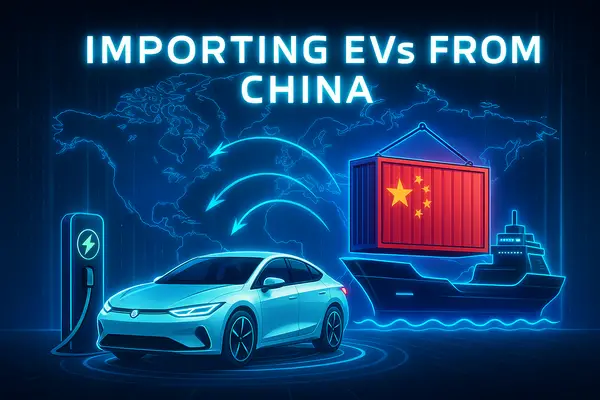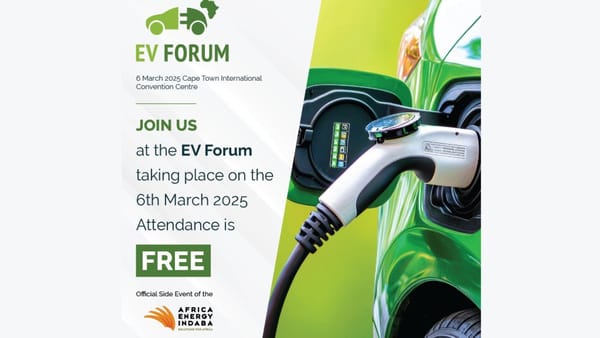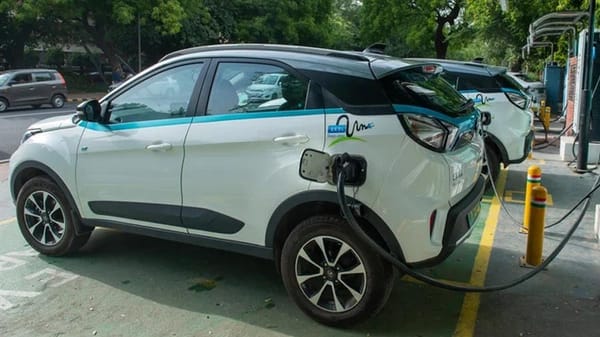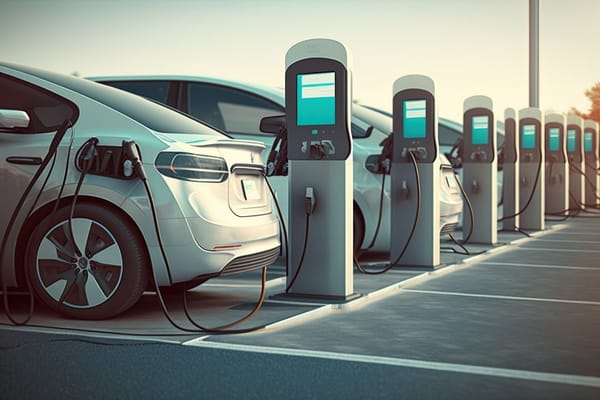Main Challenges Facing Electric Cars
Volkswagen (VW), the world’s largest carmaker plans to spend 35 billion euros to expand EV production. It is targeting the production of…

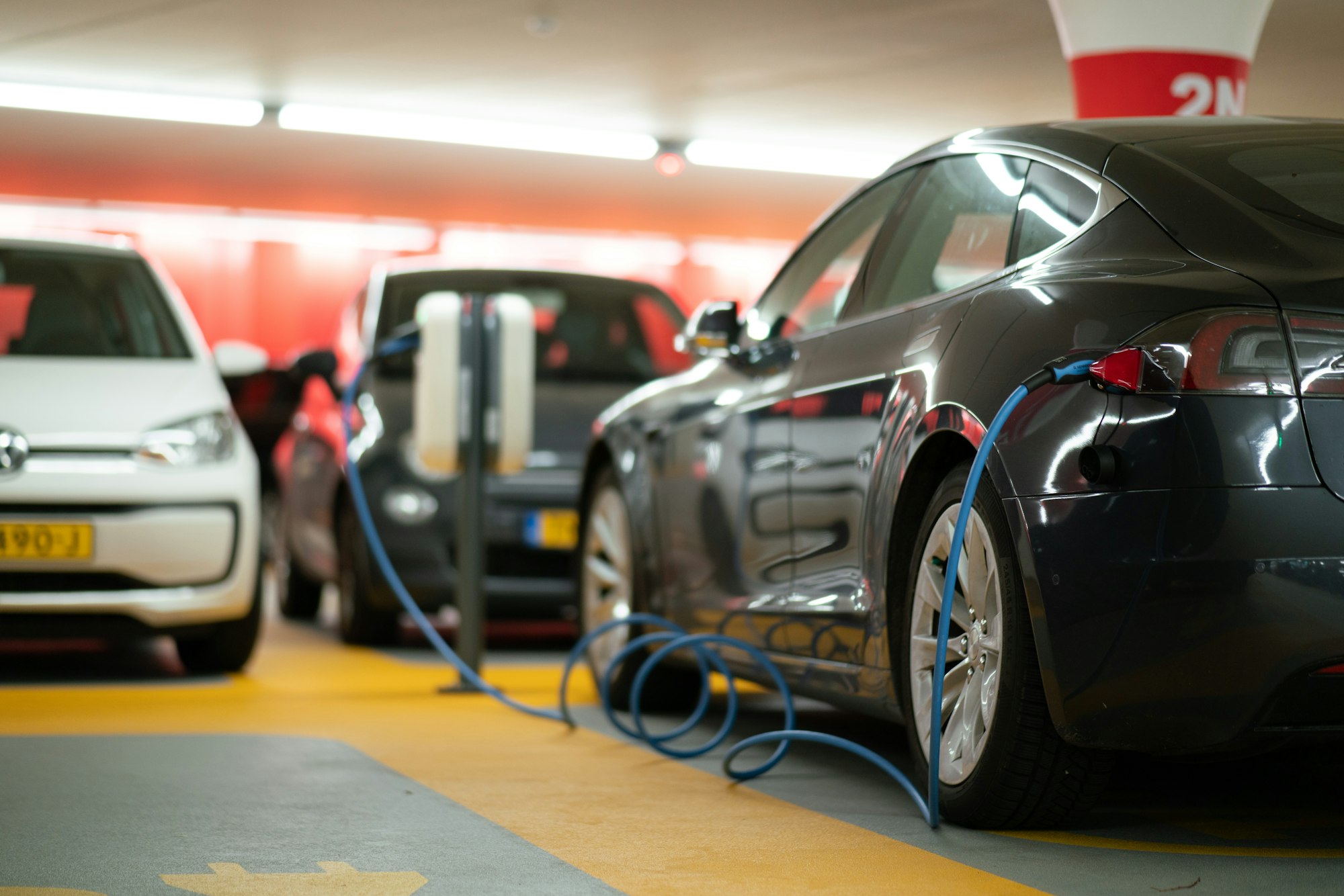
Volkswagen (VW), the world’s largest carmaker plans to spend 35 billion euros to expand EV production. It is targeting the production of 26 million electric vehicles within nine years. Looks like its goal is to challenge Tesla in the EV market. It seems that its goal is to eclipse Tesla in the electric vehicle (EV) market. What is more VW’s chief executive insists that the company can produce and sell those vehicles at a high-profit margin. And that is the big question. Many industry observers have doubts on this score. However, like a military adventure that becomes a lost cause, no one doubts the corporate ambition embedded in these capital plans nor the company’s determination to effectively take the lead as a preeminent global EV manufacturer.
Automobile manufacturing and electric utility businesses face a similar dilemma. How do they integrate new, expensive battery technology as they seek to decarbonize their product? Whether from tailpipe or smokestack both industries are seeking emissions reductions. And in both cases, batteries make up a very large component of projected capital investment.
In the US, for example, rapid decarbonization of the electricity grid might require a $2 trillion investment in battery storage over the next twenty years. In the case of a new vehicle manufacturer like Nissan, for example, a battery alone costs $12,000 and it degrades more rapidly than the internal combustion engine it replaces.
Grid decarbonization, given the present state of technology, means radically increasing dependence on intermittent sources of energy production such as wind while harvesting and storing the excess energy produced for later use. A site planner today would we believe automatically assume that a large battery array would accompany a new wind farm.
Batteries expenditures alone could account for one-third of the cost of decarbonizing the electric grid in the US, a several trillion dollar prospective expenditures. The question the utility industry faces is whether to incur very high capital costs upfront in order to completely eliminate fossil fuel expenses. The alternative is to gradually phase out fossil plants while retaining maximum flexibility.
Vehicle battery recharging infrastructure is not yet available on a scale appropriate for 25–50 million vehicles. Tesla has 762 charging stations in 47 states. Other companies have more, The Department of Energy figures that there are presently over 30,000 charging stations in the United States. However, if electric vehicle owners in large numbers need to charge up during the day, and during peak periods of electrical demand, then the electric grid will have to have its own relatively high-cost storage system. And that duplicates storage, first in the grid and then in vehicles.

